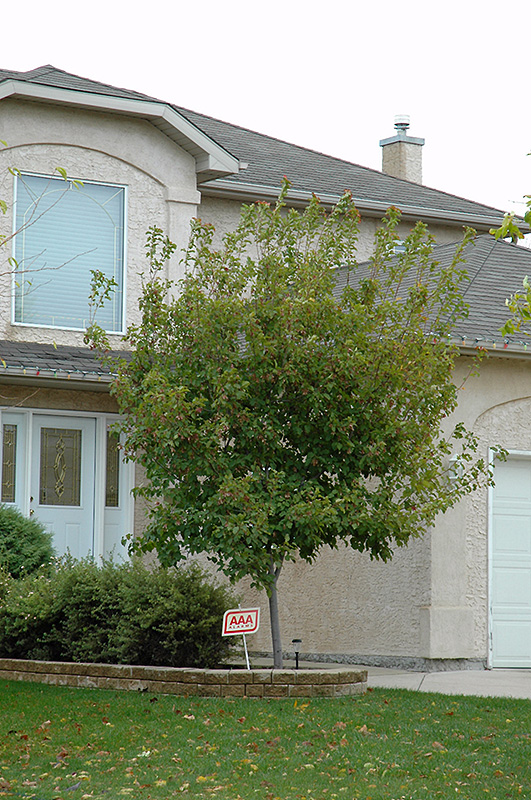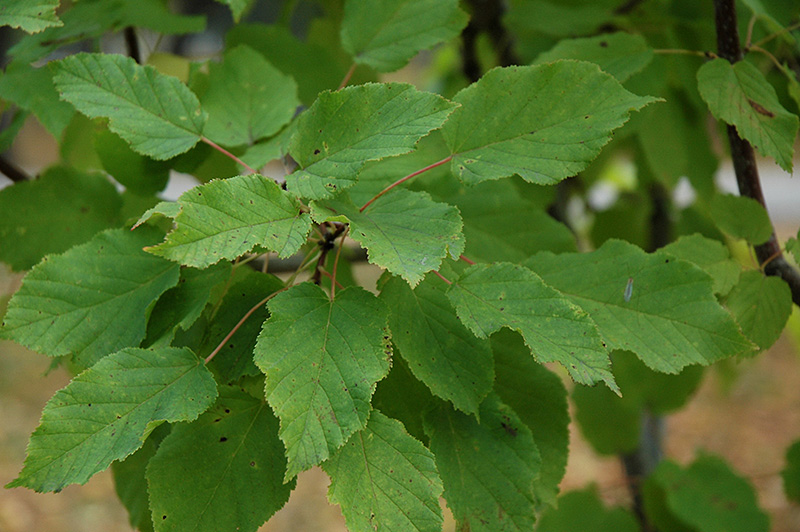Pattern Perfect Tatarian Maple
Acer tataricum 'Patdell'
Height: 20 feet
Spread: 20 feet
Sunlight:
![]()
![]()
Hardiness Zone: 3a
Description:
This is a fine small accent tree for the home landscape that develops a rounded crown, showy red seeds in summer and orange-red fall color; more tolerant of drought and alkaline conditions than the otherwise similar Amur maple
Ornamental Features
Pattern Perfect Tatarian Maple is primarily grown for its highly ornamental fruit. It features abundant showy brick red samaras in late summer. It has dark green deciduous foliage. The lobed leaves turn outstanding shades of orange and red in the fall.
Landscape Attributes
Pattern Perfect Tatarian Maple is a deciduous tree with a more or less rounded form. Its average texture blends into the landscape, but can be balanced by one or two finer or coarser trees or shrubs for an effective composition.
This is a relatively low maintenance tree, and should only be pruned in summer after the leaves have fully developed, as it may 'bleed' sap if pruned in late winter or early spring. It has no significant negative characteristics.
Pattern Perfect Tatarian Maple is recommended for the following landscape applications;
- Accent
- Mass Planting
- Hedges/Screening
Planting & Growing
Pattern Perfect Tatarian Maple will grow to be about 20 feet tall at maturity, with a spread of 20 feet. It has a low canopy with a typical clearance of 4 feet from the ground, and is suitable for planting under power lines. It grows at a medium rate, and under ideal conditions can be expected to live for 70 years or more.
This tree does best in full sun to partial shade. It is very adaptable to both dry and moist locations, and should do just fine under average home landscape conditions. It is considered to be drought-tolerant, and thus makes an ideal choice for xeriscaping or the moisture-conserving landscape. It is not particular as to soil type or pH. It is highly tolerant of urban pollution and will even thrive in inner city environments. This is a selected variety of a species not originally from North America.




